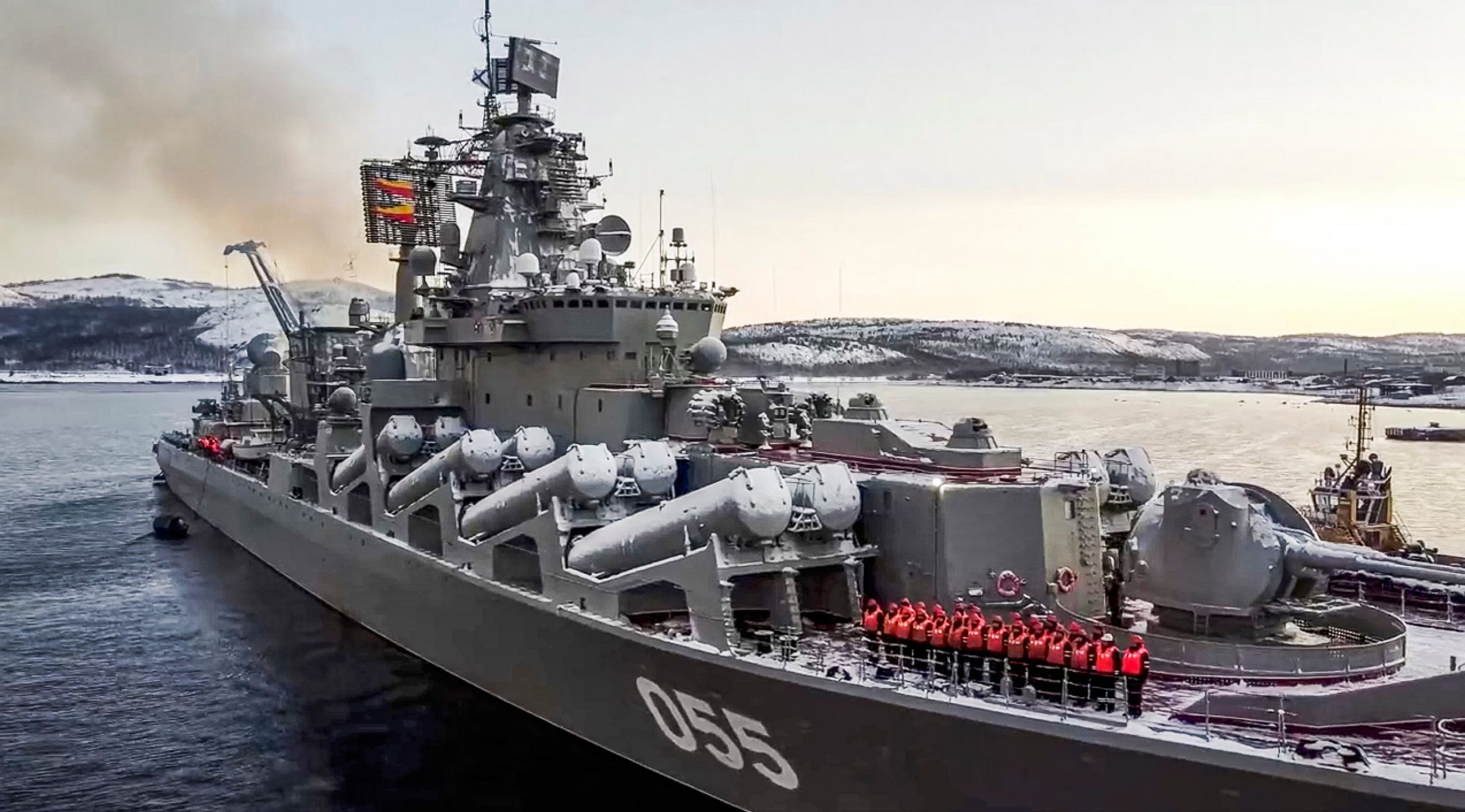Russia employed hypersonic missiles in its invasion of Ukraine, according to US President Joe Biden on Monday.
“And if you’ll notice, (Russia has) just launched the hypersonic missile, because it’s the only thing that they can get through with absolute certainty,” Biden stated. “It’s a consequential weapon … it’s almost impossible to stop it. There’s a reason they’re using it.”
Also read: French automaker Renault begins 3-day production at Moscow plant
However, British intelligence, as well as Biden’s own defence secretary, have minimised Russia’s use of air-launched Kinzhal missiles.
“I would not see it as a game changer,” Pentagon chief Lloyd Austin told CBS.
The Kinzhal missile, according to the UK Defense Ministry, is just an air-launched version of the Iskander short-range ballistic missile (SRBM), which Russia has employed frequently in its invasion of Ukraine.
What’s the big deal about hypersonic missiles?
First and foremost, it is critical to comprehend the phrase.
All missiles are essentially hypersonic, which implies they travel at least five times the speed of sound. Almost every warhead launched from a rocket miles in the air will attain this speed on its way to its target. It isn’t a brand-new technology.
Also read: France’s TotalEnergies will stop buying Russian oil by end of year
What military powers are now working on is a hypersonic glide vehicle, which includes Russia, China, the United States, and North Korea (HGV). An HGV is a highly manoeuvrable payload capable of flying at hypersonic speeds while altering course and altitude to avoid radar detection and missile defences.
An HGV is a weapon that is nearly difficult to control. Russia is also known to have an HGV in its arsenal, the Avangard system, which Russian President Vladimir Putin described as “practically invulnerable” to Western air defences in 2018.
However, as a derivative of the Iskander SRBM, the Kinzhal is not an HGV. While it lacks the mobility of the Iskander, its key benefit is that it can be fired from MiG-31 fighter jets, providing it a larger range and the capacity to attack from different directions, according to a Center for Strategic and International Studies assessment last year.
Also read: Putin spokesman says nuclear options not yet ruled out of Russia-Ukraine war
“The MiG-31K can strike from unpredictable directions and could avoid interception attempts altogether. The flying carrier vehicle might also be more survivable than the road-mobile Iskander system,” the report said.
According to the same report, the ground-launched Iskander was vulnerable to missile defence systems during the 2020 Nagorno-Karabakh war, during which Azeri forces intercepted an Armenian Iskander.
“This suggests that claims of the Kinzhal’s invulnerability to missile defense systems may also be somewhat exaggerated,” the report added.
Is Ukraine’s missile defence system operational?
The US and its NATO partners have already dispatched numerous surface-to-air missile systems to Ukraine to aid in its defence.
Also read: Explained: A look at weapons used by Russia in war against Ukraine
These additional systems, according to a senior US official, include the Soviet-era SA-8, SA-10, SA-12, and SA-14 mobile air defence systems.
According to CNN, NATO member Slovakia has committed to deliver even superior S-300 missile defence batteries to Ukraine after it receives acceptable replacements from NATO members.
What was the purpose of Putin’s use of the Kinzhal missile?
Russia’s Kinzhal system makes its combat debut in Ukraine.
“On March 18, the Kinzhal aviation missile system with hypersonic aeroballistic missiles destroyed a large underground warehouse of missiles and aviation ammunition of Ukrainian troops in the village of Delyatin, Ivano-Frankivsk region,” Russia’s Defense Ministry said.
Later, US officials confirmed to CNN that Russia deployed hypersonic missiles on Ukraine, which they were able to track in real time.
Also read: US, NATO says Belarus could soon join forces with Russia in Ukraine: Report
According to several reports, the launches were most likely designed to test the missiles and send a message to the West about Russia’s capabilities.
And, as the war in Ukraine grinds to a halt, Russia may be seeking for triumphs to brag about.
According to the UK Defense Ministry, Moscow most likely deployed the Kinzhal to “detract from a lack of progress in Russia’s ground campaign.”
In a CBS interview, US Defense Secretary James Mattis used similar rhetoric, saying Putin is “trying to reestablish some momentum” in his invasion of Ukraine.
Austin wondered if the Russian military was running out on precision-guided munitions or if Putin had faith in “the ability of his troops to reestablish momentum.”
“You kind of question why he would do this,” he remarked.







